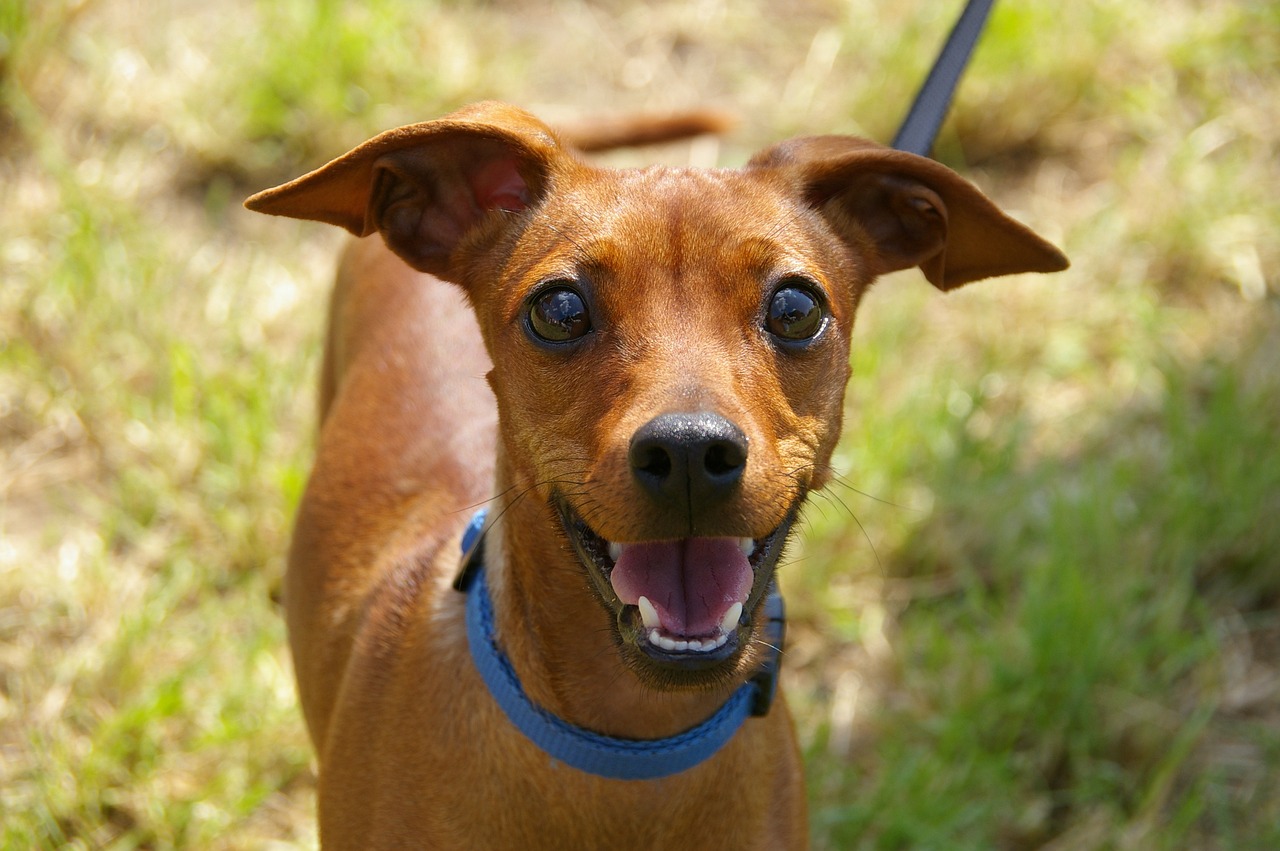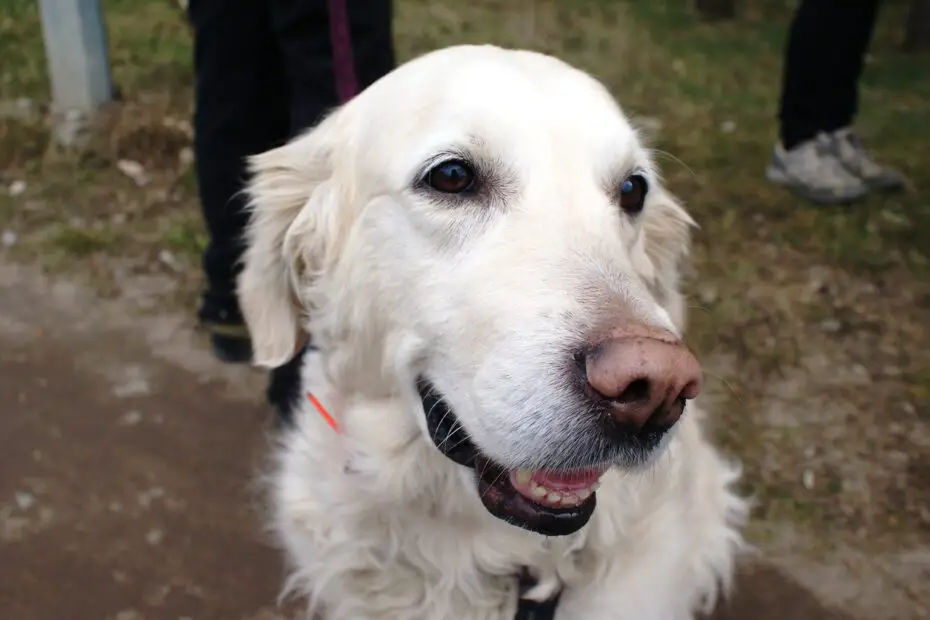Dogs are cherished members of our families, and their well-being is of utmost importance. As responsible dog owners, it’s essential to be prepared for unexpected situations and emergencies. Pet first aid is a crucial set of skills that can make a significant difference in your dog’s health and safety.
In this blog, we’ll explore essential pet first aid skills and guidelines that every dog owner should know to ensure their furry friend receives the care they need in times of crisis.
You may also want to read about the best dog toys.
Preparing Your Pet First Aid Kit
A well-prepared pet first aid kit is the first step in ensuring you can respond effectively in emergencies. Here’s a list of essential items to include:
1. Gauze Pads and Bandages
These are useful for covering wounds, controlling bleeding, and protecting injuries.

2. Adhesive Tape
Adhesive tape can help secure bandages or dressings in place.
3. Scissors
Use scissors to cut gauze, tape, or clothing in case of emergencies.
4. Tweezers
Tweezers are handy for removing splinters, thorns, or debris from your dog’s paws or skin.
5. Antiseptic Wipes
Antiseptic wipes or solutions can be used to clean wounds and prevent infection.
6. Digital Thermometer
A digital thermometer can help you monitor your dog’s temperature, which is crucial in assessing their health.
7. Latex or Nitrile Gloves
Wearing gloves protects both you and your dog during first aid procedures.
8. Hydrogen Peroxide
Hydrogen peroxide can be used to induce vomiting if your dog ingests something toxic. However, always consult a veterinarian or poison control center before inducing vomiting.
9. Muzzle
In case your dog is injured or in pain, a muzzle can prevent them from biting you or others during first aid procedures. Ensure it’s a proper-fitting, breathable muzzle.
10. Blanket or Towel
A blanket or towel can provide warmth, comfort, and a clean surface for first aid.
11. Emergency Contact Numbers
Keep a list of emergency contact numbers, including your veterinarian, local emergency veterinary clinic, and a poison control hotline, in your pet first aid kit.
Assessing and Responding to Emergencies
1. Staying Calm
In any emergency situation, it’s essential to remain as calm as possible. Your dog can sense your anxiety, so your composure will help reassure them.

2. Approach with Caution
Injured or frightened dogs may react defensively. Approach slowly and gently, speaking softly to reassure your dog.
3. Airway, Breathing, Circulation (ABC)
The ABCs of pet first aid are crucial:
- Airway: Check your dog’s airway to ensure it’s clear. If they are choking, perform a modified Heimlich maneuver by applying quick, upward pressure just below the ribcage. If your dog collapses, gently pull their tongue forward to clear the airway.
- Breathing: Check for breathing by observing the rise and fall of the chest. If your dog is not breathing, begin artificial respiration by closing your dog’s mouth, breathing into their nose, and monitoring their chest for movement.
- Circulation: Check for a pulse by placing your fingers on the femoral artery in the inner thigh. If you can’t find a pulse, begin CPR by pressing down on your dog’s chest at a rate of 100-120 compressions per minute.
4. Wounds and Bleeding
Control bleeding by applying direct pressure with gauze or a clean cloth. Elevate the wounded area if possible, but do not do so if it causes additional pain or distress. Use a tourniquet as a last resort, and only if you’ve received training in its proper use.
5. Fractures and Limb Injuries
If you suspect your dog has a broken bone, keep them as still as possible. Use a splint or bandage to immobilize the injured limb, and then seek immediate veterinary attention.
6. Poisoning
If you suspect your dog has ingested something toxic, contact a veterinarian or a poison control hotline immediately. Do not induce vomiting without professional guidance, as it can worsen some poisoning cases.
7. Burns and Heatstroke
For burns, apply cool (not cold) water to the affected area for at least 10 minutes. For heatstroke, move your dog to a cooler area, provide water, and wet their fur with cool water. Heatstroke is a medical emergency; seek veterinary care promptly.
8. Choking
If your dog is choking, attempt to remove the obstruction carefully. If you can’t dislodge it, perform the modified Heimlich maneuver described earlier.
9. Seizures
During a seizure, keep your dog away from any sharp or dangerous objects, but avoid restraining them. Place a soft blanket or towel under their head to protect them. After the seizure, contact your veterinarian.
10. Eye Injuries
If your dog has an eye injury, avoid touching the eye. Use a sterile saline solution to flush out any debris and protect the eye with a bandage or clean cloth. Seek immediate veterinary care.
Preventative Measures
While knowing how to respond to emergencies is crucial, prevention is equally important. Here are some preventative measures every dog owner should consider:
1. Regular Veterinary Check-Ups
Schedule regular check-ups with your veterinarian to catch and address health issues early.
2. Pet-Proofing Your Home
Identify and remove potential hazards from your home, such as toxic plants, chemicals, or small objects your dog could swallow.
3. Dog-Proofing Your Yard
Ensure your yard is secure and free from hazards like sharp objects, toxic plants, or escape routes.
4. Pet Insurance
Consider pet insurance to help cover the cost of unexpected veterinary bills.
Conclusion
Pet first aid skills are not just for veterinarians or animal professionals. As a dog owner, knowing how to respond in emergencies can save your furry friend’s life and provide them with the best possible care during critical situations. Remember that pet first aid is not a substitute for professional veterinary care, so always seek immediate medical attention for your dog when needed.
Being prepared, staying calm, and having the right tools at hand can make all the difference in ensuring your dog’s health, safety, and well-being.
